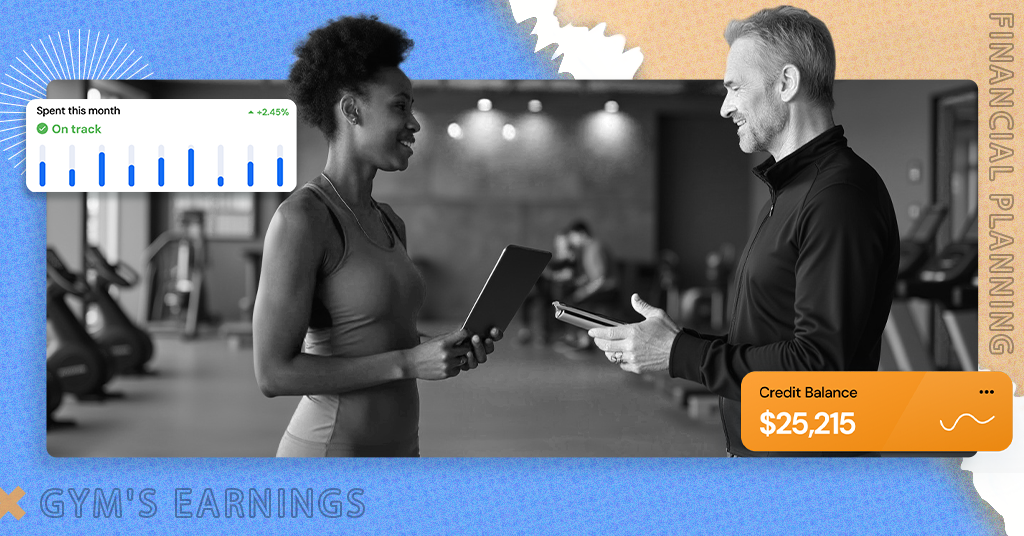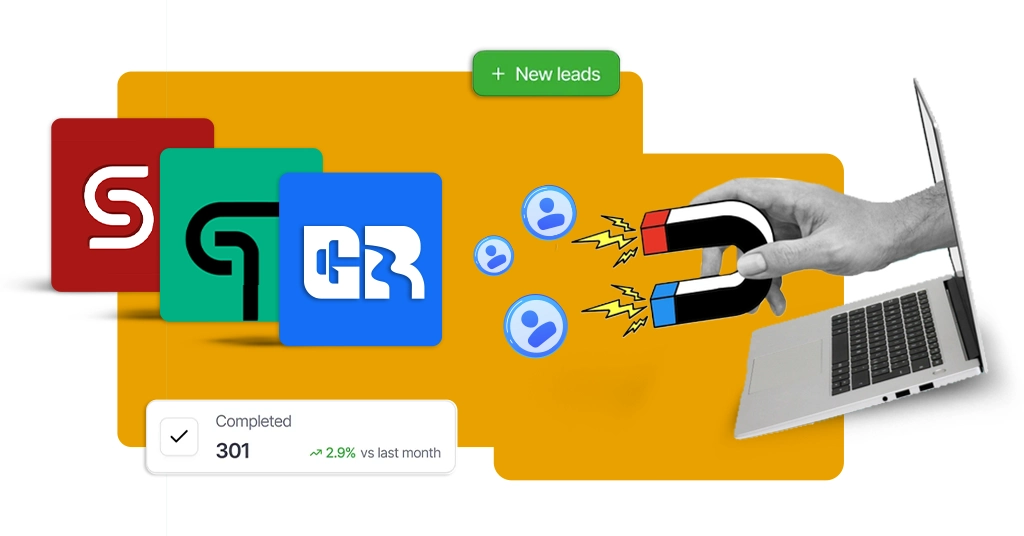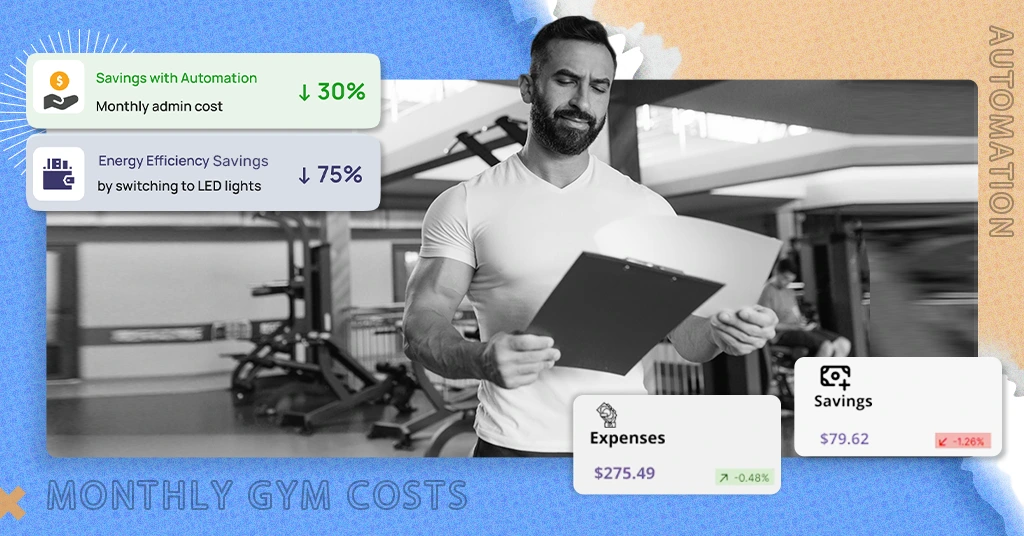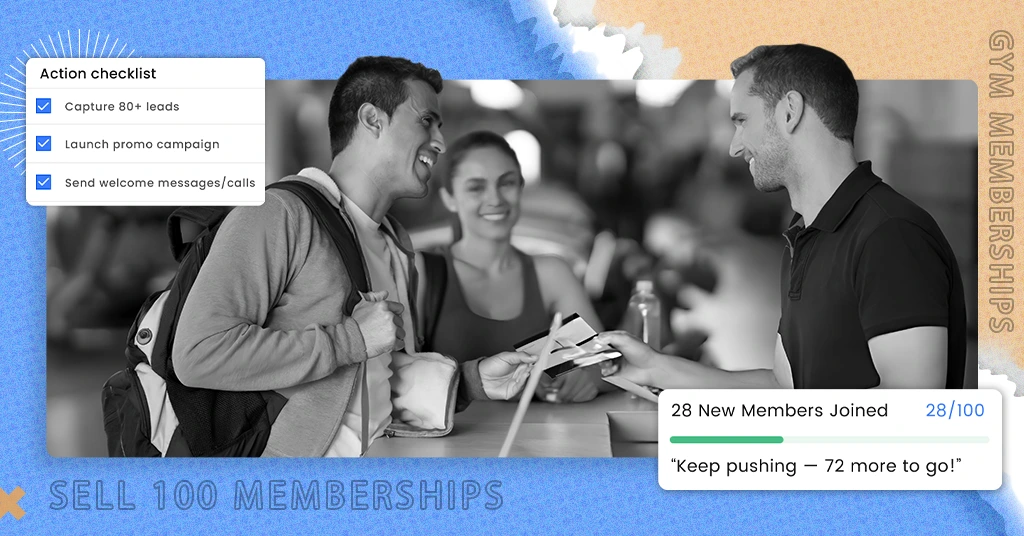Running a gym isn’t just about the weights, treadmills, or motivated members. It’s about the numbers, the revenue coming in, the expenses going out, and the profits that keep your business running smoothly. Without tracking these numbers, even the busiest gym can run into trouble.
Top-notch equipment, packed classes, and friendly trainers are great, but they won’t keep your gym afloat if your finances are out of shape. In fact, studies show that 82% of small businesses fail due to poor cash flow management. That’s a staggering number, and you don’t want your gym to be one of them.
Financial planning isn’t just for accountants or business experts. It’s a tool to help you grow, thrive, and make smarter decisions. Think of it as the foundation of your gym.
In this blog, we’ll explain financial planning in simple, actionable steps that even a beginner can follow.
Why is financial planning your gym’s best workout?
Financial planning is more than tracking your money; it’s about making informed decisions that help your gym grow. Think of it like your gym’s workout plan – you’re not just going through the motions but working towards clear goals with consistent effort.
- Why it matters: According to the SBA, gyms that track their financial performances are 30% more likely to stay profitable.
- What it means for you: When you know your numbers, you can spot trends, avoid overlapping, and invest in the right areas, like marketing, equipment upgrades, or staff training.
Steps for mastering financial planning
Here are the steps you can take to grow your gym and keep it financially stable.
1. Know your revenue and expenses
The first step to mastering financial planning is understanding where your money comes from and where it goes.
- Revenue sources: Your gym earns money from memberships, personal training, classes, and product sales. Break down how much each source contributes.
- Expenses: Expenses can sneak up on you. Rent, utilities, staff salaries, equipment maintenance, marketing, and gym management software fees increase. Write them all down.
| Pro tip: Use gym management software to track revenue and expenses in one place. According to Statista, the market for gym management software is projected to grow to $1.8 billion by 2030, proving how vital these tools are for modern gyms. |
2. Set clear financial goals
Running a gym without financial goals is like working out without a fitness plan: you’re moving, but not necessarily progressing.
- Short-term goals: These could include increasing membership sales by 10% in the next three months or reducing expenses by cutting unnecessary costs.
- Long-term goals: Think bigger. In the next two years, you might want to open a second location or invest in premium equipment.
Why goals matter: A Harvard Business study found that people with clear goals are 10 times more likely to succeed. The same applies to businesses.
3. Budget like a pro
A budget is your financial roadmap, showing you how much you can spend and where to allocate your resources.
- Fixed costs: These are the bills that don’t change much, like rent and salaries.
- Variable costs: Such as marketing expenses or seasonal hiring, can fluctuate.
- Emergency fund: Set aside at least 3-6 months of operating costs for unexpected situations.
| Pro tip: According to a Sage report, gyms that adhere to a budget save an average of 20% on operating costs. |
4. Keep an eye on the cash flow
Cash flow is the lifeblood of your business; it’s the balance between money coming in and money going out. Positive cash flow means you’re making more than you’re spending. Negative cash flow? That’s a problem.
- Track it monthly: Review your monthly cash flow statement to ensure you’re staying on track.
- Avoid common mistakes: If your cash flow is tight, don’t overspend on fancy equipment. Focus on essentials first.
| Stat alert: According to QuickBooks, 61% of small businesses sometimes struggle with cash flow. |
5. Monitor your profit margins
Your profit margins tell you how much money you’re actually making after covering all your expenses.
- Gross profit margin: Revenue minus the cost of goods sold (like protein bars or workout gear).
- Net profit margin: Revenue minus all expenses.
| Pro tip: Aim for a net profit margin of at least 10-15%. Anything less could mean you’re not charging enough or overspending. |
6. Invest in marketing wisely
Marketing is essential for attracting new members, but it’s also one of the easiest areas to overspend.
- Track ROI: If you’re spending $1,000 on ads, how many memberships are you selling as a result?
- Focus on low-cost strategies: Social media, referral programs,, and community events can yield significant returns without breaking the bank.
| Stat Alert: According to HubSpot, businesses that track their marketing ROI are 72% more likely to see growth. |
7. Use data to drive decisions
In today’s world, data is everything. The more you know about your gym’s performance, the better decisions you can make.
- Member trends: Which classes are most popular? What’s your peak attendance time?
- Financial reports: Review monthly income statements, balance sheets, and cash flow reports.
| Pro tip: According to Deloitte, gyms that use data analytics increase their revenue by 15-20%. |
8. Plan for growth
Financial planning isn’t just about managing what you have. It’s about preparing for what’s next.
- Expansion plans: Thinking of opening a new location? Start saving now and project future costs.
- New services: If you want to add yoga classes or a smoothie bar, analyze the potential ROI before proceeding.
| Stat alert: Businesses that plan for growth are 60% more likely to succeed, according to a Forbes study. |
Your gym’s success starts with your numbers
Mastering financial planning might not be the most glamorous aspect of running a gym, but it’s the foundation for everything else. When you know your numbers, you can make better decisions, avoid costly mistakes, and focus on what you love. Helping people reach their fitness goals.
So, start small. Track your revenue and expenses, set clear goals, and stick to your budget. And remember, every successful gym owner was once in your shoes, figuring it all out one step at a time.
Take charge of your finances today and watch your gym grow stronger tomorrow.






